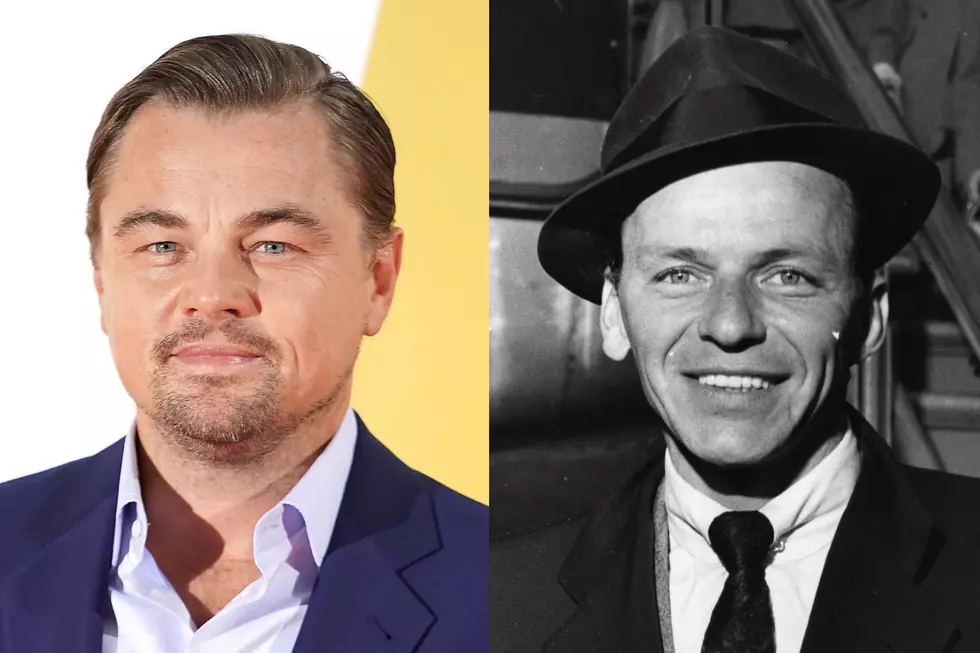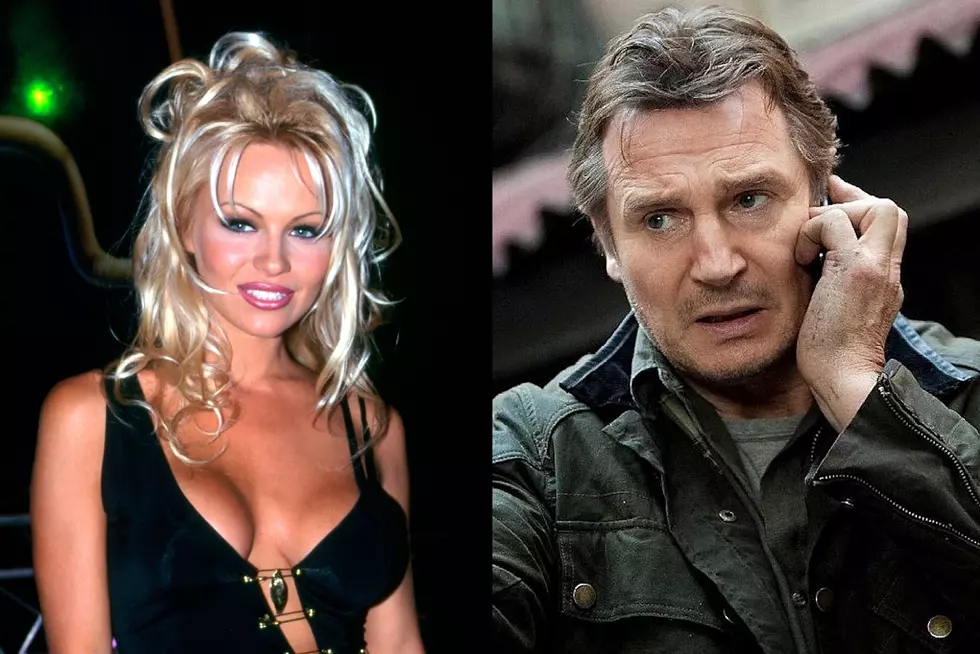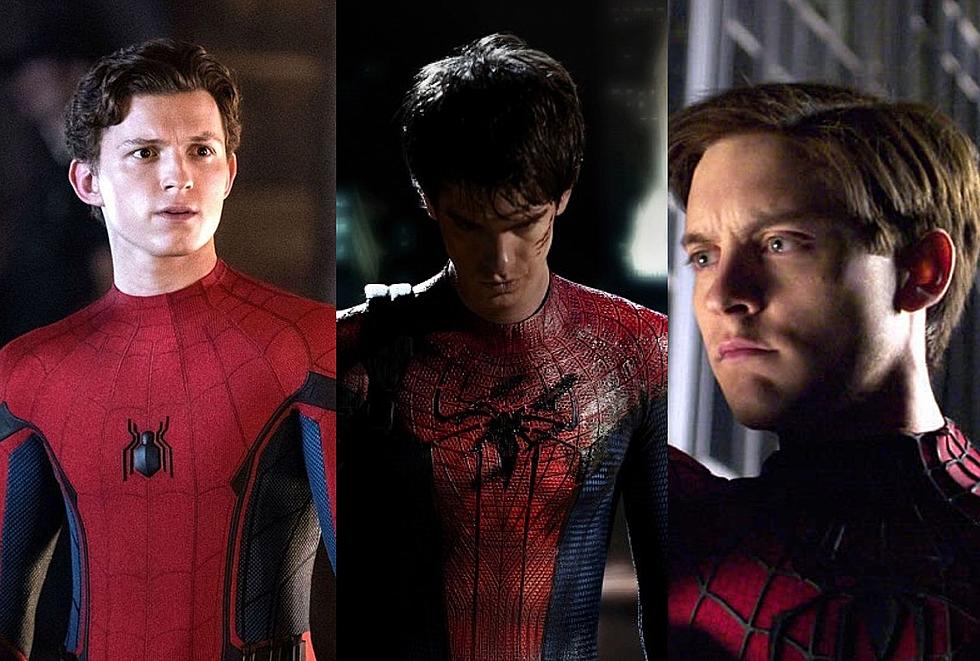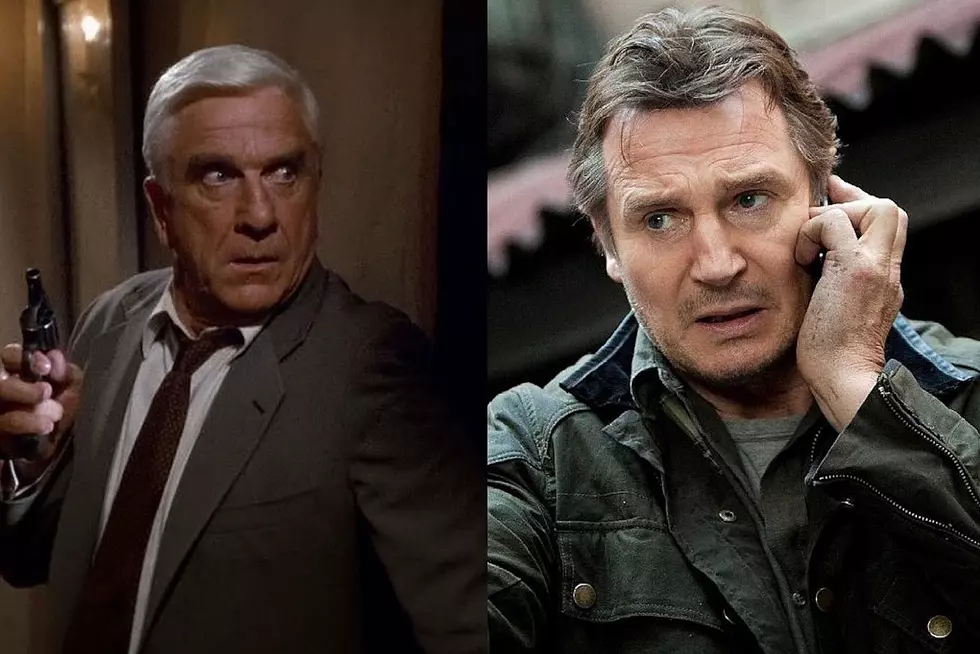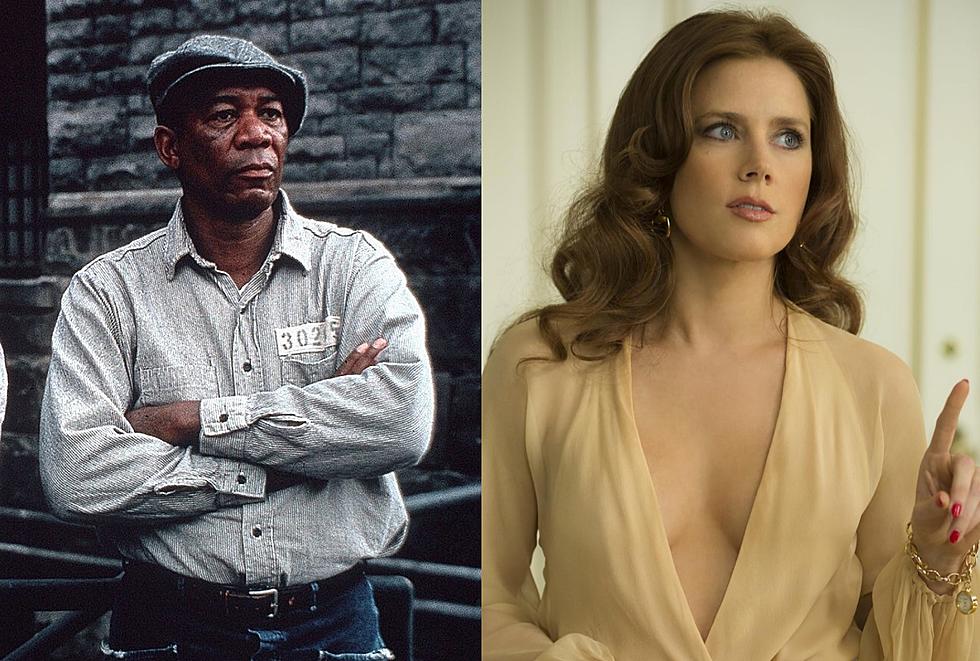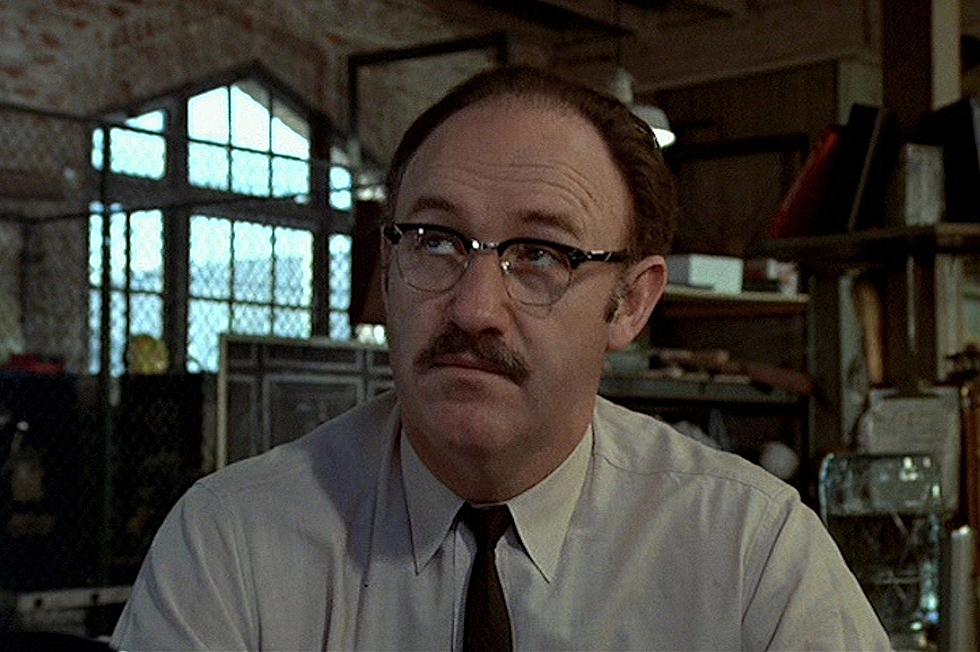
‘Silence’ Review: Martin Scorsese’s Earnest, Exhausting Religious Epic
Martin Scorsese has reportedly been trying to make an English-language adaptation of Shūsaku Endō’s novel Silence for upwards of 25 years. Watching the finished movie, it’s easy to see why he fought so hard to make it — and why it took so long to get someone to finance and distribute it. Silence encapsulates many of Scorsese’s most deeply felt themes: ideas about faith, sin, and guilt he’s considered in film after film for decades. But it does so in a package that is slow, dry, and a little monotonous. Fans (there will certainly be some, and not without reason) will hail Silence as a passionate and perceptive career summation. Silence’s critics will likely agree — while wishing that summation wasn’t such a slog.
To be fair, the deliberate pacing is wholly by design; a brisk, jaunty film about religious persecution wouldn’t exactly work. The story begins in 17th century Japan, where Catholics, including Liam Neeson’s Father Ferreira, are tortured and killed for their beliefs. Ferreira writes an account of the persecution and sends it back to Portugal, where it’s read to two of his former students, Sebastião Rodrigues and Francisco Garrpe (noted Portuguese actors Andrew Garfield and Adam Driver). Despite the protestations of their church, Rodrigues and Garrpe take it upon themselves to travel to Japan to locate Ferreira, to see if the rumors that he apostatized are true, and to rescue him if possible.
When they arrive, the two Jesuits find sanctuary with a secret community of Catholics, but eventually they must reckon with the same forces that threatened Ferreira. Although the bare bones premise sounds like a heroic adventure movie, don’t expect Silence to turn into Saving Padre Ryan. Scorsese instead focuses on Rodrigues and his impossible decision: Renounce his faith and spare others from horrific suffering, or hold firm to his beliefs, even though he knows it will result in sadistic abuse and murder from his captors (lead by a brutal inquisitor named Inoue, played by Issey Ogata).
Silence’s early scenes are filled with dread and the natural beauty of the Japanese landscape. High-angle shots observe the characters from above, suggesting a divine presence watching these events; God’s here somewhere, but will he intervene to stop his followers’ suffering? That’s one of the questions that lingers as Inoue escalates his psychological assault and Scorsese narrows his film’s focus. The others boil down to Rodrigues’ choice: Will he or won’t he? (And, accordingly, should he or shouldn’t he?) Those questions don’t matter if Rodrigues’ captivity looks comfortable or Inoue’s manipulations seem simple. But you really need to be invested in this character and the spiritual dimension of his struggle to maintain interest for Silence’s full 161-minute runtime. Its ending seems like a foregone conclusion long before it arrives, and in the interim Scorsese repeats the same cycle of confrontations over and over.
Again, if the goal was to put the audience into the mindset of a man beaten down by weeks, months, and even years of mistreatment, mission accomplished. But there’s an intensity that we’ve come to expect from a Scorsese picture that’s missing from Silence, even with its potent subject matter and occasionally graphic violence. With his mastery of composition, editing, and music, Scorsese has made some of the most engaging movies in history, experiences that express fascinating ideas through gripping stories, compelling characters, and unparalleled craft. Here, all of those elements seem sublimated to the larger points Scorsese wants to make.
The most compelling character is one who keeps creeping into Rodrigues’ story from the fringes — a local named Kichijiro (Yosuke Kubozuka). He’s already apostatized before the Jesuits arrive in Japan, and throughout Silence he waffles back and forth between belief and self-preservation; renouncing his religion when it suits him, begging for forgiveness from Rodrigues and God at others. Kichijiro’s endless failings mark him as the most relatable person in the film, and Scorsese seems to view him with particular pity and compassion. His casting of Neeson is clever too; seeing one of recent cinema’s preeminent badasses — an action hero who’s brawled his way through hundreds of bad guys without a scratch — utterly destroyed tells you everything you need to know about the forces bearing down on the Jesuits.
The religious implications at Silence’s core are arresting and challenging (Scorsese’s opinion of Rodrigues’ actions seems ambivalent at best), but the movie surrounding them I often found frustrating. There are several sequences of incredible power (one set on a rocky beach with a dangerous rising tide will likely wind up in the Scorsese pantheon), but others remain oddly inert, and the film’s overall rhythm held me at arm’s length. I got Silence’s meaning, but rarely felt its intended impact. This is the sort of movie that you need to see twice to fully appreciate — and the sort of movie you don’t particularly want to sit through more than once.
More From ScreenCrush
